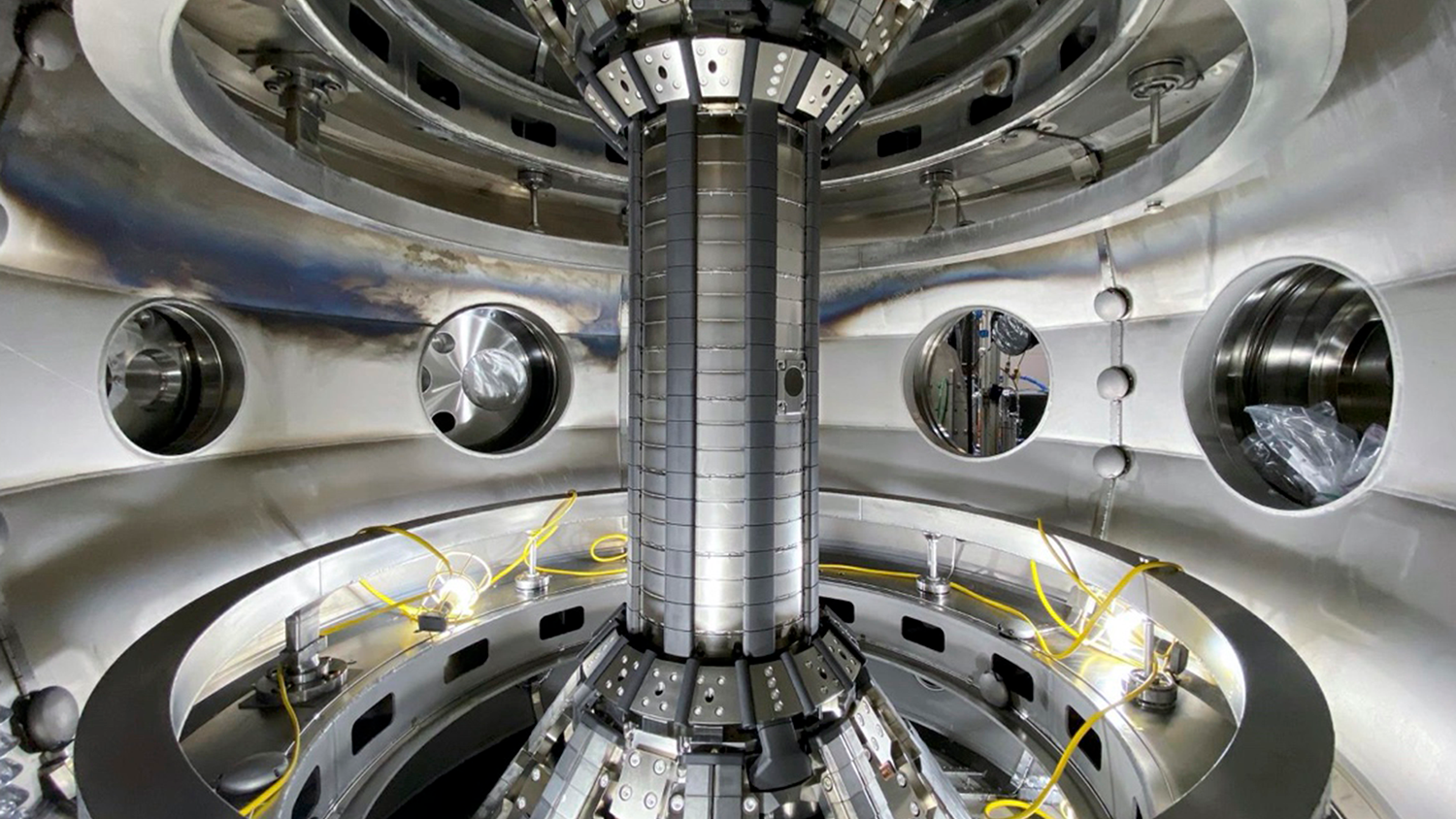Tokamak Divertor Project Launches

We are proud to have played a part in the success of Tokamak Energy Ltd's IVC1 divertor project, for use on the ST-40 tokamak.
Tokamak Energy has now completed the installation of the in-vessel modifications (double null divertor).
This is the world’s highest field spherical tokamak and the discontinuous divertor is a novel design.

Who are Tokamak Energy?
Oxford based Tokamak Energy Ltd are a private company based at Milton Park, Oxfordshire, and are funded by investors.
In collaboration with leading industrial and academic partners, their team of world-class fusion scientists and magnet engineers aims to achieve commercial fusion.
What is a Tokamak?
The word “tokamak” is a Russian acronym that stands for “toroidal chamber magnetic coils”. That is, the tokamak is a toroidal – or ring- doughnut-shaped – vessel with magnetic coils that make a trap for the plasma. The plasma is heated using microwaves or powerful particle injectors and it has to be stabilised by carefully controlling the shape of the magnetic fields.
The ST40 Tokamak is the world’s first high-field spherical tokamak (>2 Tesla). It has copper magnets and will verify theoretical predictions as well as reaching plasma temperatures of 100 million degrees. Fusion only happens at very high temperatures because it is forcing together particles that would usually be far apart. Nuclei are all positively charged particles, so they keep away from each other just like magnets of the same polarity repel. Nuclei don’t want to come together, so the only way for fusion to occur is to heat things up a lot, like in the stars.
What is Fusion?
Fusion is the joining together of small atomic nuclei to form larger ones which releases energy. This is the same process that powers the sun – and what we are working to recreate in our compact spherical tokamak.
The fusion process involves forcing together positively-charged particles that ordinarily repel each other, so it can only happen at very high temperatures – more than 100 million degrees Celsius.
At these high temperatures, the electrons of atoms break away from their nuclei to create a soup of very fast moving charged particles – an electrically-charged gas called plasma.
Ultimately, the fuels of the fusion reaction will be two isotopes of hydrogen, deuterium and tritium, but for initial experiments on ST40 we will be using hydrogen and helium. The deuterium-tritium (DT) reaction is considered the best starting point for fusion power generation because it requires the lowest temperature plasma (about 150 million degrees) to achieve an energy gain.
Fusion is the ideal energy source because it is safe, the fuels are inexhaustible, and the reaction doesn’t produce any carbon dioxide or long-lived radioactive waste. Additionally, a fusion plant wouldn’t take up much space compared to renewables, which require a large surface area.
For more information visit Tokamak Energy Ltd.
